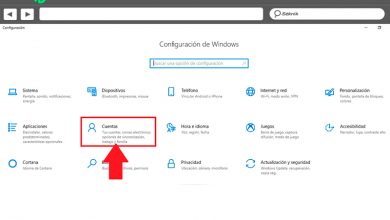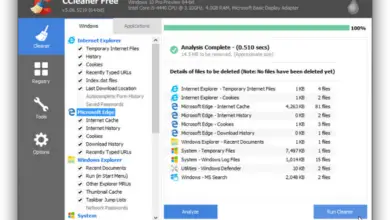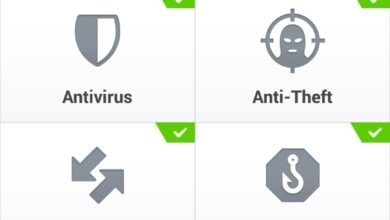How to use PackageManagement (OneGet), the Windows 10 package manager
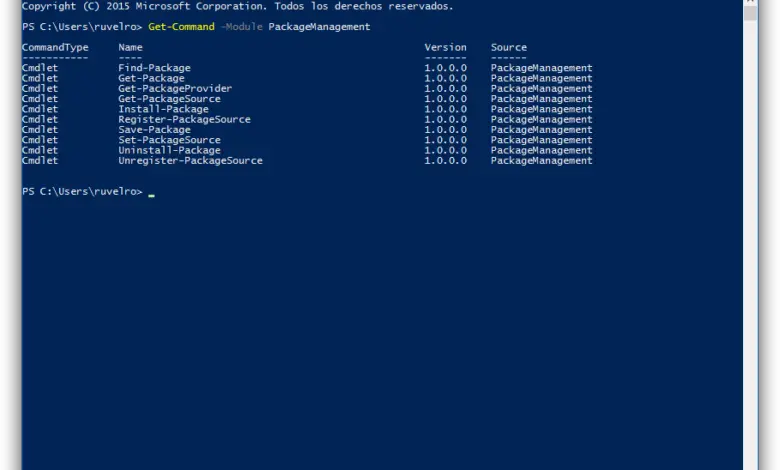
One of the many differences between a Windows system and a Linux system is the most common way to install programs. When we want to install an application in Windows, we just need to download the exe file, run it and follow the wizard. On Linux, on the other hand, it is also possible to do this in text mode, using a package manager like apt to download the latest version from the servers and install it on the computer.
One of the more unknown new features included in Windows 10 is Package Management . PackageManagement is a package manager based on the very free OneGet project similar to linux apt and yum which will allow us to install applications from a PowerShell terminal by downloading the most recent versions directly from the official servers.
PackageManagement is still in testing and development, so there may be Package Manager issues and software listings are somewhat sparse. However, below we will analyze the basic operation of the tool in order to have a first contact with it.
How to use PackageManagement
First of all, we need to install the PackageManagement framework if we don't already have it so that we can find, download and install the apps. To do this, simply access the next link , download and install it on our system. We can also consult a complete list with the modules already included in this manager de packages to from the following link .
The first thing we can do is start by looking at the options that this package manager gives us. To do this, we open a PowerShell window and type in:
- Get-Command modules PackageManagement
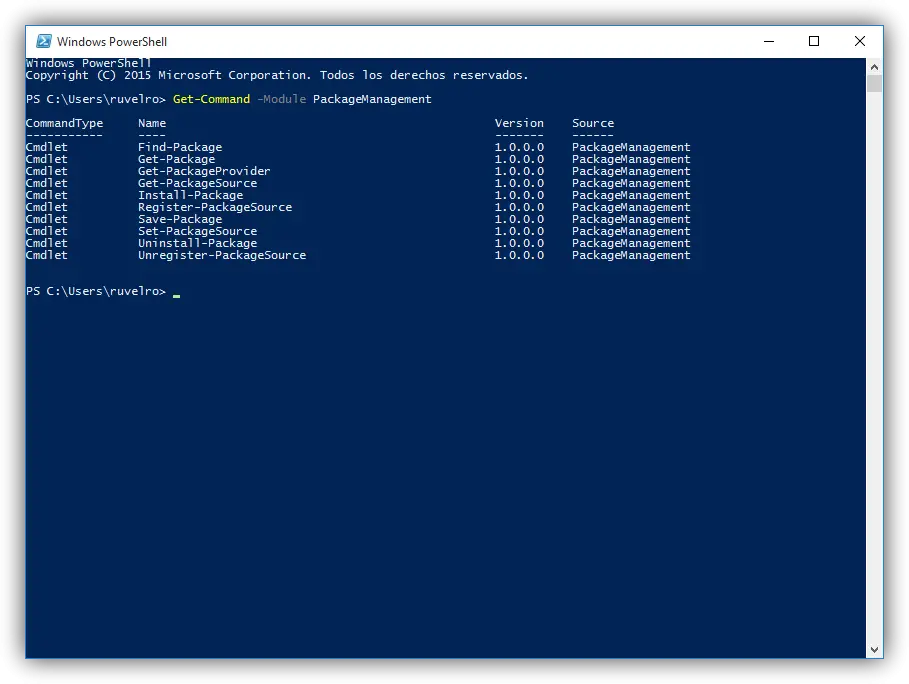
From the results that appear, we will focus on 3:
- Find-Package - Allows us to verify that a package exists on the servers.
- Install-Package - We install the package on the system.
- Uninstall-Package - We uninstall a package from the system.
In our example, we will look for the Firefox browser, to do this, from the same PowerShell window, we will type:
- Find-Package xfirefox
If the package exists, we can proceed with its installation. For that, we will type:
- Xfirefox installer package
After a few seconds, the package manager will download and install Firefox on our system.
To uninstall this package, as for the previous commands, we will simply type:
- Uninstall-Package xfirefox
At the moment, the list of available modules is quite short, and most of them are intended for programmers and system administrators. We also noticed that some packages are not installed correctly.
PackageManagement is still in development and it's totally new technology for Microsoft. Over the months this package manager will improve and the default software source will be updated with more packages and applications. Over time, we may use this software to install pretty much any program we want on our computer, but there is still a long way to go before anything is possible.
What do you think of PackageManagement? Have you ever installed an app through this one?
Don't forget to visit our Windows 10 tutorials and tips section.


